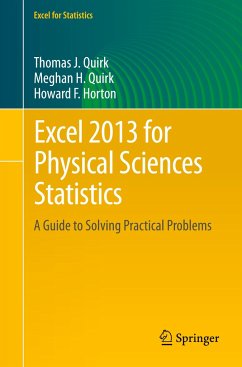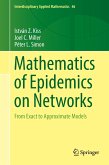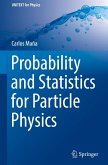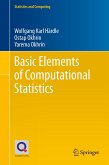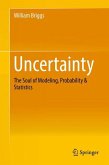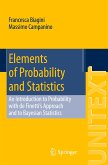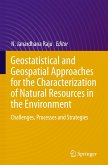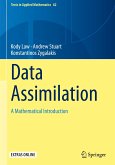This book shows the is a step-by-step exercise-driven guide for students and practitioners who need to master Excel to solve practical science problems. If understanding statistics isn't your strongest suit, you are not especially mathematically-inclined, or if you are wary of computers, this is the right book for you.
Excel, a widely available computer program for students and managers, is also an effective teaching and learning tool for quantitative analyses in science courses. Its powerful computational ability and graphical functions make learning statistics much easier than in years past. However, Excel 2013 for Physical Sciences Statistics: A Guide to Solving Practical Problems is the first book to capitalize on these improvements by teaching students and managers how to apply Excel to statistical techniques necessary in their courses and work.
Each chapter explains statistical formulas and directs the reader to use Excel commands to solve specific, easy-to-understand science problems. Practice problems are provided at the end of each chapter with their solutions in an appendix. Separately, there is a full Practice Test (with answers in an Appendix) that allows readers to test what they have learned.
Excel, a widely available computer program for students and managers, is also an effective teaching and learning tool for quantitative analyses in science courses. Its powerful computational ability and graphical functions make learning statistics much easier than in years past. However, Excel 2013 for Physical Sciences Statistics: A Guide to Solving Practical Problems is the first book to capitalize on these improvements by teaching students and managers how to apply Excel to statistical techniques necessary in their courses and work.
Each chapter explains statistical formulas and directs the reader to use Excel commands to solve specific, easy-to-understand science problems. Practice problems are provided at the end of each chapter with their solutions in an appendix. Separately, there is a full Practice Test (with answers in an Appendix) that allows readers to test what they have learned.
"This book is a well-written short book on the subject of statistical features of Excel 2013 with many examples and exercises related to the target audience. It is a great reference for those who need to use Excel for some introductory statistical concepts or as a supplement in an introductory course in statistics for nonmajors." (Morteza Marzjarani, Technometrics, Vol. 59 (2), April, 2017)
"Excel 2013 for physical sciences statistics is an interesting and valuable little book. ... It would also be valuable to a manager who has not done any statistical work in some time and needs a review before dealing with subordinates who are using statistics to justify their work or recommend decisions. Although the title says it is for physical sciences, it is equally applicable to other areas where statistics are used." (Michael Moorman, Computing Reviews, computingreviews.com, August, 2016)
"Excel 2013 for physical sciences statistics is an interesting and valuable little book. ... It would also be valuable to a manager who has not done any statistical work in some time and needs a review before dealing with subordinates who are using statistics to justify their work or recommend decisions. Although the title says it is for physical sciences, it is equally applicable to other areas where statistics are used." (Michael Moorman, Computing Reviews, computingreviews.com, August, 2016)

